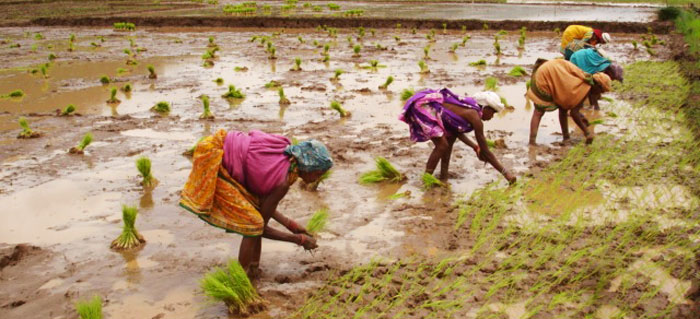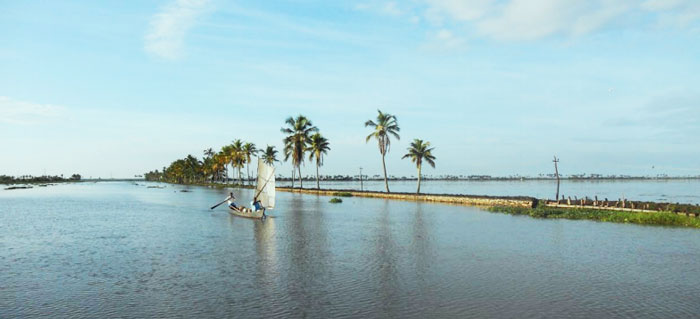Globally Important Agricultural Heritage Systems in India
Globally Important Agricultural Heritage Systems in India
About GIAHS
"Globally Important Agricultural Heritage Systems" (GIAHS) are outstanding landscapes of aesthetic beauty that combine agricultural biodiversity, resilient ecosystems and a valuable cultural heritage. Located in specific sites around the world, they sustainably provide multiple goods and services, food and livelihood security for millions of small-scale farmers.
Unfortunately, these agricultural systems are threatened by many factors including climate change and increased competition for natural resources. They are also dealing with migration due to low economic viability, which has resulted in traditional farming practices being abandoned and endemic species and breeds being lost.
These ancestral agricultural systems constitute the foundation for contemporary and future agricultural innovations and technologies. Their cultural, ecological and agricultural diversity is still evident in many parts of the world, maintained as unique systems of agriculture.
GIAHS in India
Koraput Traditional Agriculture
 India Traditional systems in the Koraput Region are strongly linked to the local traditional communities. From their knowledge and practices, a high biodiversity has been conserved through an in-situ conservation preserving endemic species. In spite of their invaluable ecological services, the local communities are part of the poorest of the country and the world. The food production is not always enough to satisfy all of their needs during the whole year.
India Traditional systems in the Koraput Region are strongly linked to the local traditional communities. From their knowledge and practices, a high biodiversity has been conserved through an in-situ conservation preserving endemic species. In spite of their invaluable ecological services, the local communities are part of the poorest of the country and the world. The food production is not always enough to satisfy all of their needs during the whole year.
Being sustainable and integrated to its environment, the traditional farming systems of the local communities plays a role in conserving the rich floristic diversity consisting of about 2500 species of flowering plants. Strongly linked as a cultural trait, sacred grove is an effective method of preserving plant genetic resources. It is a biological heritage as well as social mechanism by which a forest patch is protected with a religious significance.
Due to the current threats toward forest and agrobiodiversity such as mining and deforestation, the recognition of this GIAHS would aim to enable rural families to derive economic benefit from their past and present contributions to conservation of genetic resources. This would be part of the social valorization and integration of the local communities.
It was designated as a GIAHS in 2012.
To know more, click here.
Kuttanad Below Sea Level Farming System, India
 Kuttanad Wetland Agriculture System is unique, as it is the only system in India that favours rice cultivation below sea level in the land created by draining delta swamps in brackish waters. As an approach to cope with the imminent climate impacts in coastal areas and evolve efficient methods it aims to deal with soil availability and floods issues in agriculture.
Kuttanad Wetland Agriculture System is unique, as it is the only system in India that favours rice cultivation below sea level in the land created by draining delta swamps in brackish waters. As an approach to cope with the imminent climate impacts in coastal areas and evolve efficient methods it aims to deal with soil availability and floods issues in agriculture.
The Kuttanad system is a complex mosaic of fragmented agricultural landscapes divided in three structures: wetlands used for paddy activities and fish catching, garden lands used for coconut, tubers and food crops plantation and water areas used as inland fishing and shells. Wetlands are created thanks to the construction of polders with bunds and its dewatering.
Facing a severe pollution of waters due to the tourism but also to the use of chemicals, the protection of this fragile and unique system from any external pressure is important and urgent for humanity as it is essential for maintaining and enhancing so much endemic biodiversity and several vital ecosystem services for human well-being worldwide.
It was designated as a GIAHS in 2013
To know more, click here.
Source : FAO
Last Modified : 10/25/2024
This topic provides information related to India B...
This page covers our Threatened Wildlife
This topic provides information about Overview of ...
Provides information about Koraput Traditional Agr...
